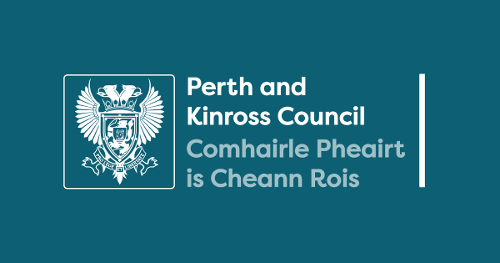Blue-green algae (Cyanobacteria) are tiny organisms which occur naturally in lochs, ponds, reservoirs, and rivers.
What is blue-green algae?
Blue-green algae are tiny organisms which occur naturally in lochs, ponds and reservoirs. They commonly occur during periods of prolonged hot weather but sometimes occur at other times of the year. Waters which have been polluted by agricultural, domestic or industrial discharges are prone to developing blue-green algae.
In still waters the algae can multiply to such an extent that they discolour the water which then appears green, blue-green, greenish brown or dark brown. Sometimes a scum may form on the surface. This scum can appear in different places at different times but is most commonly found at the water's edge or shoreline.
How does blue-green algae effects humans?
Swimmers and water sport participants who have either swum through algal scum or swallowed it have suffered from skin rashes, eye irritation, vomiting, diarrhoea and pains in muscles and joints. Illnesses can be severe, particularly where affected water has been swallowed.
How does blue-green algae effects animals?
Some, but not all the blue-green algae produce toxins or release these into the water. It is not possible to tell which algae do or do not produce toxins simply by their appearance. Laboratory analysis is needed for this. Therefore, it is advisable to regard all algal scum as toxic.
The toxins of blue-green algae can cause serious illness and deaths of animals which come into contact with algae, either through drinking contaminated water or swallowing quantities of scum, shoreline matter or crust. Dogs may also ingest toxins by licking their coats after being in contact with blue-green algae. Effects may occur quickly and can be after very little contact has occurred.
What to do if you encounter blue-green algae?
Avoid all contact with the affected waters and ensure that children and pets are kept away. Farmers should ensure that their animals do not have access to contaminated water. This may require fencing around suspect waters. If you believe your pet may have been exposed to blue-green algae contact your vet as soon as possible to get advice.
In the first instance we encourage the use of the Bloomin' Algae app to record blue-green algae location. The app also allows you to upload photographs and it will alert you to identified areas where blue-green algae has been confirmed. The UK Centre for Ecology & Hydrology has further information regarding blue-green algae reporting using the app.
If any member of the public finds areas of water they believe may be affected with blue-green algae , take a photo and report it on the Bloomin' Algae website or app. We will be alerted to any report submitted through the Bloomin' Algae app and will place warning signs where required. If any member of the public finds areas of water affected with blue-green algae and they are not able to use the Bloomin' Algae app they should email our Environmental Heath team on eh@pkc.gov.uk or phone the Customer Service Centre on 01738 475000.
What are we doing?
Perth and Kinross Council, NHS Tayside and SEPA are involved in trying to manage the risks associated with blue-green algae. This is extremely difficult given the increased occurrence due to the warmer, wetter climate and the fact that the algae can appear and disappear in a very short time period. Blue-green algae naturally occur around lochs and water courses and due to this Perth and Kinross Council are not able to mitigate the occurrence of such events. When alerted to the presence of blue green algae we will erect signs around the affected areas to inform the public to be vigilant to the ongoing or possibilities of blooms. However, the public should be on alert to possibility of algal blooms throughout the year.
These signs will remain in place over the summer period when blooms may occur, and our aim is to raise awareness to enable members of the public to make informed decisions and be responsible for themselves with regards to potential risks. Please note that whilst the signage is located at various parts of the loch/water body, the advice is applicable across the whole loch or watercourse as the algae can be dispersed and move about the loch with weather and currents.
Information is also sent out to owners and users of water bodies around Perth and Kinross Council ahead of the summer season to provide information and guidance on how to identify blooms and how to report them.
We run a public information video through the summer months on Facebook to highlight the presence of blue-green algae and send out notification through Facebook and Twitter when we are alerted to confirmed cases.




